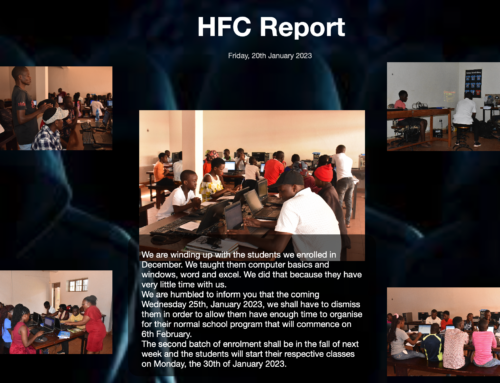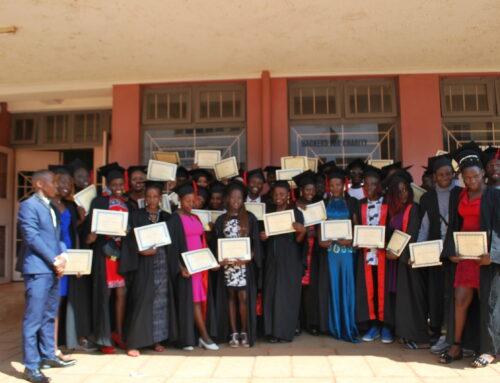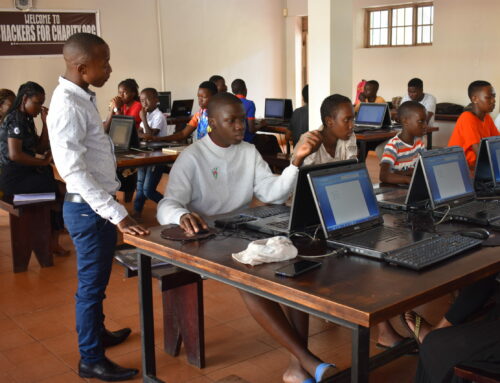Working with our Ultimaker 2 in Uganda has been a real blast, and I’m learning a lot. This week, I took a huge step with the printer, and decided to replace the feeder assembly with one that many people say is better. Printing the parts was the easy part. Get that.. I said printing was easy. I’ve wanted to be able to say that for a long time! (It did take along time to be able to say that, given our .. “out of the way location” in the world.)
I specifically chose a design that had a great designer behind it and didn’t require too many aftermarket parts. I knew it would be hard to find stuff that people said was “easy to find on Ebay”. Finding parts has always been a real hassle for us. I chose |Robert|’s design here. It was minimal, highly rated, and re-used the parts from the original feeder.
Once the pieces were printed, I set out to find the parts I needed. My shopping list was simple: 1 M3 bolt, at least 30mm in length, and a matching nut. That was it. I set out and went to my favorite hardware store, Bavima Enterprise on Lubas Road, shown below.
There are dozens of hardware stores in our town, some no bigger than a closet, but Bavima has a decent stock, and more importantly, when they don’t have something, they can usually directly me to another place that might have it. Here’s a look at Bavima’s interior:
I asked for some M3 bolts, and then had to explain that they were 3mm in diameter. They brought some out, and they didn’t look quite right. I asked, “Are you sure these are 3mm?” They said they were.
I took them home and they were too big, nearly 4mm.
I headed back to Bavima, this time with my calipers and we went through their stock, shown below:
Even though they called them all 3mm, none of them were. In fact, many of the bolts that looked the same measured very differently with the calipers. The owner called another store, and had them bring different bolts. None of them were the right size either. I selected a few that were a hair over 3mm and asked if he had the nuts to match. He laughed.
Several hours in, I considered hitting up Amazon and bringing the parts back in January. The owner could tell I was disappointed, so he offered to have someone go into Central Market to look for the nuts.
Central Market used to be set up as an outdoor market under a bunch of trees in the center of town (hence the name). You could find used clothes, live chickens, not so live beef (cow parts), goats, electronics, home supplies, hardware and more, very reminiscent of a large (sometimes smelly) flea market. If you know market well enough, you could find just about anything you needed. The key was “knowing the market”. Right when we started getting the hang of it, they closed the market and build a huge, multi-level “mall” and forced the vendors to pay “stall fees” to setup shop there. And just like that, I had lost my edge.
So when the owner offered to send someone for me, I was thrilled. The problem was, the bolts were a non standard size, and weren’t exactly what I needed. I didn’t really see the point of trying to get nuts to match these non standard bolts. But he insisted, and asked me to come back in two hours.
Two hours later, I returned and the owner told me very emphatically that there were, “No 3mm bolts or nuts in Central Market”. Crap.
Then Nick arrived and I put the project on hold. In the back of my mind, I knew that eventually I had to make this work, if there was a maker future in Uganda. On one of Nick’s last days, we took him to Central Market.
Henry “knew a guy that knew a guy” so we let him lead. We stopped at several stalls, and each of them offered to help find what we needed, although none of them actually had what we needed. We walked all around Central Market, through vegetable stalls, inside and outside of the building, circling back more than once in search of the elusive bolts.
Eventually, we found a stall that looked promising.
We told the guy what we were looking for and he scampered off. When he returned, he produced exactly the bolt we needed, with a matching nut. He wanted sixteen cents for it. I told him I wanted 20 of them. Henry interrupted me. “That’s too much,” he told the guy. Eventually, he got the guy down to twelve cents. Normally, I’m more than happy to pay for something that’s hard to find, but I also understand that there’s a fair, going rate for items sold to locals and an inflated price for tourists. Over time, I over pay, but I understand the economics of it. We spend too much money in this country to be treated like tourists, and this guy will be doing a lot more business with us.
I rummaged through his bin, and found other nuts and bolts I needed. I bought a few, and knew I would be back.
After Nick left, I took some tim etc build the feeder. It was totally intimidating. After all, I was taking a perfectly good, working 3D printer, taking it apart and “upgrading” it. I was terrified, but I knew this was a right of passage and that I had to get over the fear, take my time and do it right. After all, the Ultimaker community swears by this part and tells me that it will extend the life of my printer and make better, more consistent prints. I also had two copies of the feeder, so I had a backup, something I couldn’t say of the original feeder. I trimmed the bolt down and put it together. It wasn’t entirely easy and took a lot of pretzel fingers to get it attached.
I had no idea how it worked until I hooked it up, and then I grinned from ear to ear. It was simple, easy to clean, adjustable and quite elegant.
The backside of the printer was now fully upgraded with a new feeder, a bearing-based feeder pin and a bearing based filament holder. There was hardly any friction in the filament path. I help my breath and turned it on. So far so good. I fed in filament. No problem. A few test printer later, I was finally relieved. This feeder worked like a charm!
I’m more excited than ever about the possibilities of what we can do with this printer and so happy to have taken a few baby steps into the maker culture, which I ]’m loving. This stuff could help a lot of people.
That’s it for now. Thanks for reading and for all the support!
Johnny















